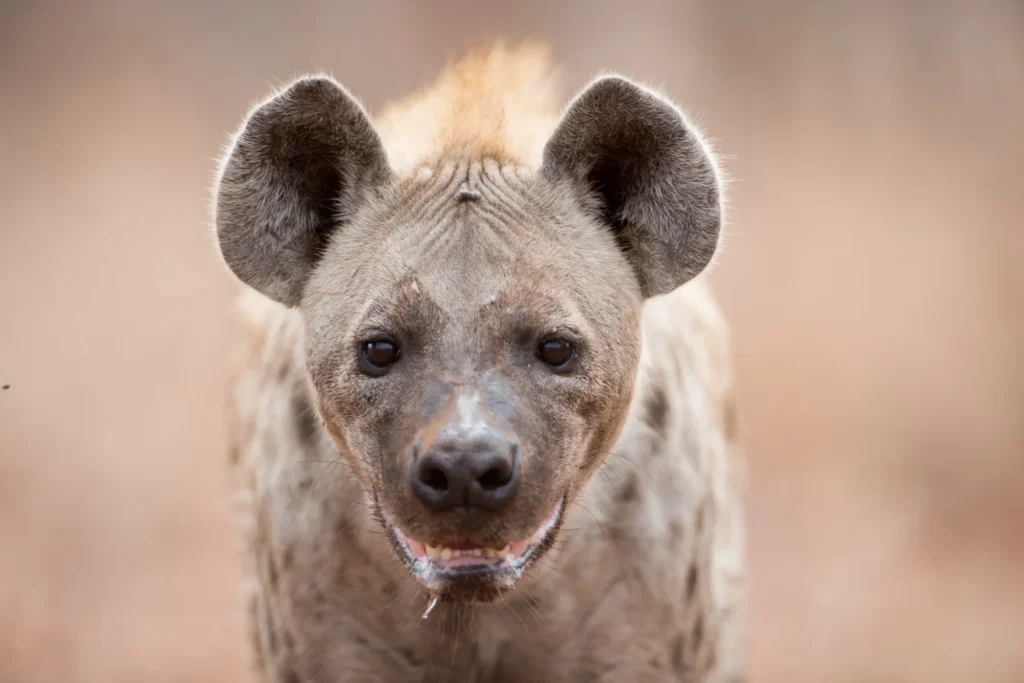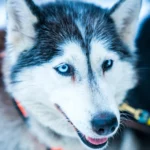The evolution of facial expressions in canines has captivated scientists for decades, with a particular focus on the iconic “puppy dog eyes” seen in domestic dogs. However, emerging research has upended long-held beliefs, revealing that this expressive trait is not confined to domesticated animals. The discovery has sparked fresh debates about canine evolution, communication, and the role of domestication.
The Anatomy Behind the “Puppy Dog Eyes”
The “puppy dog eyes” expression, so often associated with human affection for dogs, owes its charm to a specific muscle: the levator anguli oculi medialis (LAOM). This muscle raises the inner eyebrow, creating a look of innocence or sadness that humans instinctively find endearing.
Through this subtle manipulation of facial features, dogs enhance paedomorphttps://www.scientificamerican.com/article/puppy-dog-eyes-in-wild-canines-sparks-rethink-on-dog-evolution/hism, a phenomenon where adult animals retain juvenile traits. This triggers nurturing responses in humans, forging a powerful emotional connection.
Now consider this: such a seemingly simple facial movement has played a pivotal role in deepening the bond between humans and dogs over thousands of years.
Wild Canines and the Unexpected LAOM
For years, the prevailing narrative was clear: selective breeding by humans cultivated this unique trait in domestic dogs. Yet, new findings challenge this assumption.
Research has uncovered the presence of the LAOM muscle in wild canines, such as coyotes and African wild dogs. A landmark study conducted at Baylor University revealed that even these untamed creatures are equipped with this eyebrow-raising capability.
What does this mean? It suggests that “puppy dog eyes” are not a product of domestication but an ancestral feature within the Canis genus. This realization shifts our understanding of evolution, placing the origins of expressive canine faces much earlier than previously thought.
Rethinking Evolutionary Assumptions
The implications of this discovery are profound. If the LAOM muscle existed before domestication, its primary role may have been rooted in social communication among wild canines. These muscles could have enabled nuanced expressions, facilitating group cohesion, signaling submission, or even warding off threats within packs.
Such evidence dismantles the simplistic idea that human intervention alone shaped the expressive faces of modern dogs. Instead, it points to a complex interplay of evolutionary pressures operating long before humans domesticated canines.
Beyond Domestication: A Broader Context
The findings urge us to reevaluate domestication’s influence on canine communication. While humans have undeniably refined certain traits, the groundwork for expressive facial movements predates human interference. This opens up exciting new possibilities:
- Cross-Species Communication: How do wild canines use facial expressions to communicate within their species?
- Shared Ancestry: What do these traits tell us about the common ancestor of wild and domestic canines?
Charting Future Research Directions
The road ahead is as fascinating as the discoveries made so far. Comparative studies across diverse canine species hold the key to unraveling the mysteries of facial musculature. By delving deeper into the lives of wild canines, scientists can better understand how these expressions evolved and what functions they serve in natural environments.
Moreover, exploring human-canine interactions from an evolutionary perspective could shed light on why certain traits persist, thrive, or adapt over time.
mermaidCopy codegraph TD
A[Common Ancestor of Canines] --> B[Development of LAOM Muscle]
B --> C[Wild Canines (Coyotes, African Wild Dogs)]
B --> D[Domestic Dogs]
The diagram highlights the evolutionary lineage of the LAOM muscle, illustrating that this feature predates the split between wild and domestic canines.
Closing Thoughts
The “puppy dog eyes” expression, long seen as a hallmark of domestication, is now recognized as a far older and more universal trait. This newfound understanding bridges the gap between wild and domestic species, offering a richer perspective on canine evolution. As research continues, the story of these captivating creatures will undoubtedly become even more compelling.
4o



